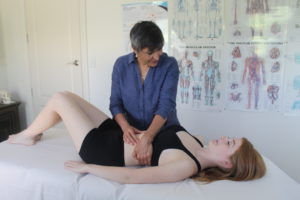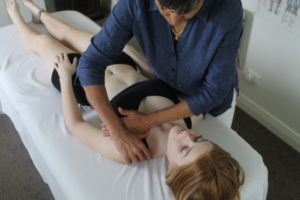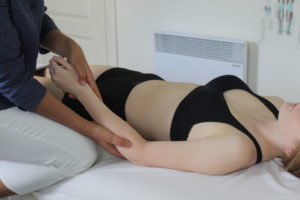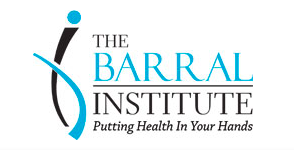Interested in becoming a Visceral Manipulation practitioner?
As manual therapy practitioners we are constantly being driven by our patients to learn more, be curious and search for different modalities. Visceral Manipulation is a highly recommended addition to your practicing toolbox.
Visceral Manipulation uses a whole body approach and is not symptoms driven. Understanding how the viscera can affect the muscular skeletal system can be the key to unlocking benefits for the patient, which may not have presented using other hands-on techniques. Today, a wide variety of healthcare professionals perform Visceral Manipulation. Practitioners include osteopathic physicians, physiotherapists, allopathic physicians, doctors of chiropractic, doctors of Oriental medicine, naturopathic physicians, physical therapists, occupational therapists, massage therapists, and other licensed body workers.
The Barral Institute of New Zealand (of which Rosie is Co-ordinator) runs a comprehensive programme of courses each year. New practitioners start with the foundation courses (Visceral Manipulation 1: The Abdomen (VM1), Visceral Manipulation: Abdomen (VM2), or Neural Manipulation: Neuromeningeal (NM1), and can progress through the Barral Institute curriculum from there.
Below is some information on Performing Visceral Manipulation. If you are interested in learning more – you’ll find comprehensive information and details about upcoming courses on The Barral Institute of New Zealand website.
Click here to read Testimonials from practitioners who share the benefits of completing Visceral Manipulation courses and integrating these modalities into their regular practice.
Applying Visceral Manipulation




The visceral system relies on the interconnected synchronicity between the motions of all the organs and structures of the body. At optimal health, this harmonious relationship remains stable despite the body’s endless varieties of motion. But when one organ cannot move in harmony with its viscera due to abnormal tone, adhesions or displacement, it works against the body’s other organs and muscular, membranous, fascial and osseous structures. This disharmony creates fixed, abnormal points of tension that the body is forced to move around. And that chronic irritation, in turn, paves the way for postural distortion, neuromuscular dysfunction, and disease processes.
Visceral Manipulation is based on the specific placement of soft manual forces to encourage the normal mobility, tone and motion of the viscera and their connective tissues. These gentle manipulations can potentially improve the functioning of individual organs, the systems the organs function within, and the structural integrity of the entire body. Harmony and health exist when motion is free and excursion is full – when motion is not laboured, overexcited, depressed, or conflicting with neighbouring structures and their mobility.
Therapists using Visceral Manipulation assess the dynamic functional actions as well as the somatic structures that perform individual activities. They also evaluate the quality of the somatic structures and their functions in relation to an overall harmonious pattern, with motion serving as the gauge for determining quality.
Due to the delicate and often highly reactive nature of the visceral tissues, gentle force precisely directed reaps the greatest results. As with other methods of manipulation that affect the body deeply, Visceral Manipulation works only to assist the forces already at work. Because of that, trained therapists can be sure of benefiting the body rather than adding further injury or disorganisation.

